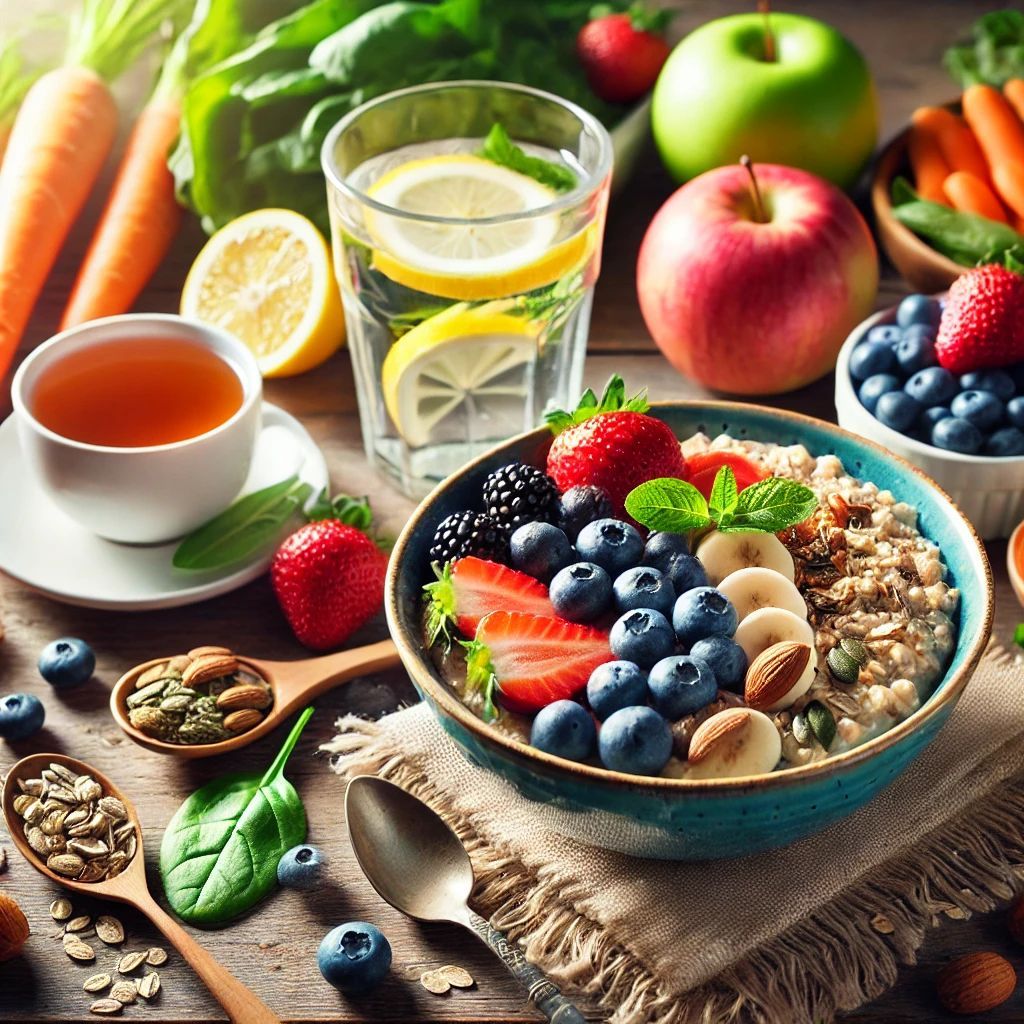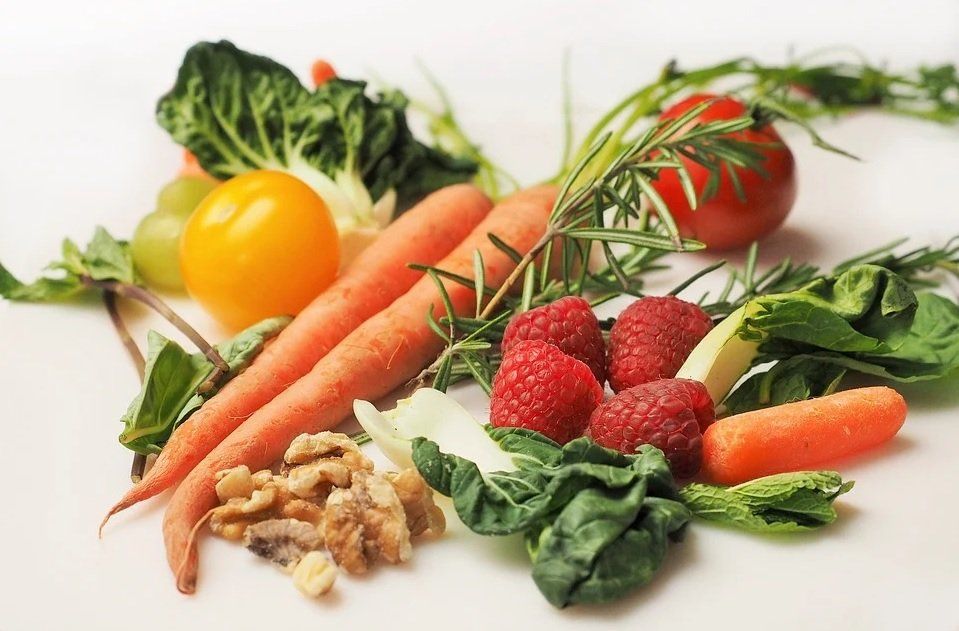The Healing Power of Words: How Therapeutic Writing Soothes Mind and Soul
Tanja Begerack • 1. Februar 2024
The Healing Power of Words:
How Therapeutic Writing Calms the Mind and Soul
Did you know the impact writing can have on your soul and state of mind? Writing is like therapy. It allows you to put your feelings on paper, learn to control your own emotions, and process your experiences more effectively. Psychologists have been aware of this for a long time. It clears the mind and calms the mood. Since our thoughts are very fast in our heads and writing takes a lot of time, you need to center and focus your thoughts. Thus, the mind calms down as you put everything on paper, the thoughts become calm and clear. The inside feels lighter and significantly more relaxed.
Therapeutic writing offers a wonderful opportunity to connect with oneself and engage in an internal dialogue. It is a form of self-help where writing down your thoughts and feelings can stimulate personal growth and healing processes. Here are some tips and advice on how you can conduct therapeutic writing for yourself:
Start with a ritual: Find a quiet place and make yourself comfortable with your notebook and pen. A ritual at the beginning, such as lighting a candle or brewing a cup of tea, can help mentally tune you into writing.
Write by hand: Although we live in a digital world, writing with pen and paper has its own advantages. It forces us to slow down, which leads to a more intense processing of our thoughts and feelings.
Let your thoughts flow freely: In therapeutic writing, there are no rules regarding grammar or spelling. It's about letting your thoughts and feelings flow freely. If you don't know where to start, begin with the sentence: "At this moment, I feel..."
Reflect on your entries: After you have written, take time to read your words and think about them. This can help you identify patterns in your thoughts or feelings and gain insights into your personal challenges and opportunities for growth.
Set no limits: There is no right or wrong topic for therapeutic writing. You can write about your dreams, goals, fears, memories, or current challenges. The important thing is that it's something that moves you.
Therapeutic writing offers a wonderful opportunity to connect with oneself and engage in an internal dialogue. It is a form of self-help where writing down your thoughts and feelings can stimulate personal growth and healing processes. Here are some tips and advice on how you can conduct therapeutic writing for yourself:
Start with a ritual: Find a quiet place and make yourself comfortable with your notebook and pen. A ritual at the beginning, such as lighting a candle or brewing a cup of tea, can help mentally tune you into writing.
Write by hand: Although we live in a digital world, writing with pen and paper has its own advantages. It forces us to slow down, which leads to a more intense processing of our thoughts and feelings.
Let your thoughts flow freely: In therapeutic writing, there are no rules regarding grammar or spelling. It's about letting your thoughts and feelings flow freely. If you don't know where to start, begin with the sentence: "At this moment, I feel..."
Reflect on your entries: After you have written, take time to read your words and think about them. This can help you identify patterns in your thoughts or feelings and gain insights into your personal challenges and opportunities for growth.
Set no limits: There is no right or wrong topic for therapeutic writing. You can write about your dreams, goals, fears, memories, or current challenges. The important thing is that it's something that moves you.
Therapeutic writing is a simple yet powerful way to connect with oneself and gain mental clarity. It requires no special skills or tools – just a piece of paper, a pen, and the willingness to be honest with yourself. By writing down your thoughts and feelings, you can achieve a more peaceful state of mind and develop a deeper understanding of yourself.
Disclaimer for Posts on Therapeutic Writing:
Please note that the information shared on this blog about therapeutic writing and its potential health benefits is of a general nature and is not intended to substitute for professional psychological or medical advice, diagnoses, or treatments. The effects of therapeutic writing can vary individually, and one person's experiences may not necessarily apply to another. It is recommended to seek professional help for specific health or mental concerns.
The information on this blog is based on current scientific research and studies on therapeutic writing at the time of publication. However, science is constantly evolving, and new insights may change perspectives on this topic. Therefore, both the author and the operator of this blog assume no responsibility for the currency, accuracy, completeness, or quality of the information provided.
All statements and views expressed here are for educational purposes only and are intended to encourage readers to think about therapeutic writing and its benefits for personal development and well-being. We encourage all readers to seek professional advice for health or mental issues.
By using this blog, you acknowledge that you take responsibility for your own health and mental well-being and that both the author and the operator of this blog assume no liability for any disadvantages that may arise from the application of the information shared here on therapeutic writing.
Please note that the information shared on this blog about therapeutic writing and its potential health benefits is of a general nature and is not intended to substitute for professional psychological or medical advice, diagnoses, or treatments. The effects of therapeutic writing can vary individually, and one person's experiences may not necessarily apply to another. It is recommended to seek professional help for specific health or mental concerns.
The information on this blog is based on current scientific research and studies on therapeutic writing at the time of publication. However, science is constantly evolving, and new insights may change perspectives on this topic. Therefore, both the author and the operator of this blog assume no responsibility for the currency, accuracy, completeness, or quality of the information provided.
All statements and views expressed here are for educational purposes only and are intended to encourage readers to think about therapeutic writing and its benefits for personal development and well-being. We encourage all readers to seek professional advice for health or mental issues.
By using this blog, you acknowledge that you take responsibility for your own health and mental well-being and that both the author and the operator of this blog assume no liability for any disadvantages that may arise from the application of the information shared here on therapeutic writing.

Discover how small dietary changes can lead to greater energy and well-being. This blog post explains how healthy eating is easy to incorporate into everyday life and why it has a positive impact on both body and mind over the long term.
balanced nutrition, breakfast ideas, mental strength, oatmeal with fruits, nutrient-rich meals, healthy eating tips, boost well-being, healthy lifestyle, nutrition advice, energy boost, simple recipes, healthy breakfast, healthy living

In this insightful post, we explore the spiritual meaning of dreams and their role in our consciousness. Discover how dreams serve as a bridge between our subconscious and the spiritual realm, and learn practical tips for interpreting dreams and enhancing dream recall to deepen your spiritual journey.

Recently, I stumbled upon the impressive health benefits of millet, a grain that is often overlooked in our modern diet. This discovery inspired me to delve deeper into millet and its numerous positive impacts on our health. What I found is truly fascinating and deserves to be shared with you. Millet stands out among grains thanks to its rich composition of essential nutrients: B-complex vitamins, vitamin C, beta-carotene, and a wealth of minerals and trace elements, making it an excellent source of iron, especially for vegetarians and vegans. The Nutrient Powerhouses in Millet The various types of millet offer a remarkable density of minerals such as fluorine, potassium, magnesium, phosphorus, and sulfur. Notably, it has a high content of silicon (silicic acid), iron, and vitamin B6, setting millet apart from other grains. This abundance of nutrients not only makes millet easily digestible and tolerable but also a strong ally in combating stomach and intestinal problems, gallstones, and in strengthening the immune system. Its anti-inflammatory, detoxifying, and overall strengthening properties make it a valuable component of a healthy diet. Millet and Its Beauty Secrets It's no longer a secret that millet contributes to the beauty of the skin, hair, and nails. The Karlsruhe Skin Clinic has even shown that millet extract can promote the growth phase of hair, making it a valuable aid in the fight against hereditary hair loss. Versatility and Tradition Millet, one of the world's oldest gluten-free foods, was once a main food source in Europe before being gradually displaced by potatoes and maize in the 17th century. Today, we're rediscovering its versatility and its role as an ancient medicinal plant in traditional folk medicine. Caution with Millet Consumption Despite its many benefits, millet contains dhurrin, which can release cyanide and could interfere with iodine metabolism. Therefore, it is advisable, especially for those with hypothyroidism, to discuss millet consumption with a doctor. However, the rapeseed millet cultivated in Europe contains significantly less dhurrin, especially the yellowish varieties like golden millet. The Many Faces of Millet Millet comes in numerous varieties, each with its own unique benefits. The differences range from color and taste to specific health benefits. However, all are gluten-free and offer a rich palette of nutrients. Conclusion The rediscovery of millet as a super grain and its diverse health benefits show how valuable the wisdom of ancient cultures can be for our modern world. Millet definitely deserves a fixed place in our diet - not only for its nutrients but also as a source of strength for beauty and health. I hope these insights into the world of millet inspire you to integrate this versatile and healthy grain into your diet. Discover the ancient wisdom and the modern health benefits millet has to offer. Disclaimer for Posts on Millet and Its Effects: Please note that the information shared on this blog about millet and its health effects is of a general nature and is not intended to substitute for professional medical advice, diagnoses, or treatments. The effects of millet can vary individually, and what may be beneficial for one person may not apply to another. It is recommended to consult a qualified healthcare provider for specific health concerns or questions regarding the use of millet. The information on this blog is based on the current scientific knowledge and studies at the time of publication. However, science is always advancing, and new research may lead to new insights. Therefore, both the author and the operator of this blog assume no responsibility for the currency, accuracy, completeness, or quality of the information provided. All statements and views expressed here are solely for educational purposes and are intended to encourage readers to think more consciously about the use of millet and health. We encourage all readers to make health-related decisions in consultation with medical professionals. By using this blog, you acknowledge that you take responsibility for your own health and well-being and that both the author and the operator of this blog assume no liability for any disadvantages that may arise from the application of the information shared here about millet.

Discover the powerful benefits of Manuka honey, a unique product from New Zealand's tea tree nectar. Used for centuries by the Maori for its healing properties, Manuka honey offers antibacterial, antiviral, and antifungal effects. Explore its uses for skin conditions, wound healing, immune support, and more.




